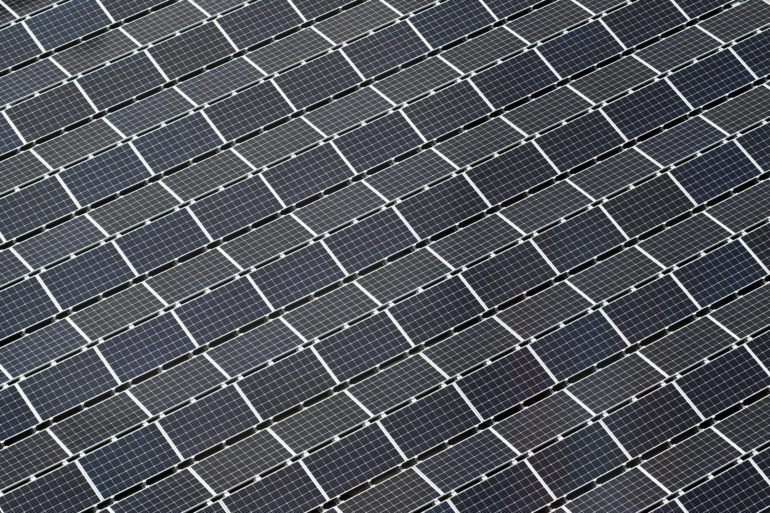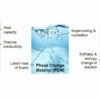A team of researchers from China, Canada and Australia has found a way to improve the efficiency of all-perovskite solar cells through use of a reducing agent. In their paper published in the journal Nature Energy, the group describes their technique and how the resulting solar cells performed.
In the push to improve the efficiency of solar panels, making them more competitive with fossil fuels as an energy source, scientists have turned to new raw materials. One of these materials is perovskite—a mineral that consists mostly of calcium titanate. Prior research has shown that stacking perovskite cells on top of silicon cells can increase efficiency but not enough to warrant their use.
More recent research has focused on replacing silicon altogether by stacking two kinds of perovskite cells. Study of the material has shown that it could boost the efficiency of solar cells by 30 percent. To make them, engineers have been adding a metal, in most cases a lead-tin mixture. However, the tin oxidizes during fabrication, leading to degradation and reduced efficiencies. In this new effort, the researchers have found a way to prevent oxidation and loss of efficiency.
The work by the researchers involved looking for something to add to the tin to keep it from oxidizing. After a great deal of search and testing, they found the zwitterionic antioxidant inhibiter commonly known as the reducing agent FSA. Adding it to the mix when making lead-tin perovskite cells prevented oxidation and did not interfere in other ways with operation of the solar cells. Without the oxidation and subsequent degradation, the researchers were able to make all-perovskite solar cells with improved efficiency.
In their best effort, they created a 1.05cm² single-junction cell with an efficiency of 21.7 percent. They then created a stacked cell using the reducing agent and had it certified as 24.2 percent efficient by JET Laboratories. The team also created larger solar cells to confirm that they could be fabricated to industrial standards—though they acknowledge that new production methods are required to produce the new kind of solar cell. They also note that more testing is required to ensure the cells can withstand real-world conditions.
Tandem devices feel the heat
More information:
Ke Xiao et al. All-perovskite tandem solar cells with 24.2% certified efficiency and area over 1 cm2 using surface-anchoring zwitterionic antioxidant, Nature Energy (2020). DOI: 10.1038/s41560-020-00705-5
2020 Science X Network
Citation:
Using a reducing agent to improve efficiency of all-perovskite solar cells (2020, October 15)
retrieved 16 October 2020
from https://techxplore.com/news/2020-10-agent-efficiency-all-perovskite-solar-cells.html
This document is subject to copyright. Apart from any fair dealing for the purpose of private study or research, no
part may be reproduced without the written permission. The content is provided for information purposes only.



